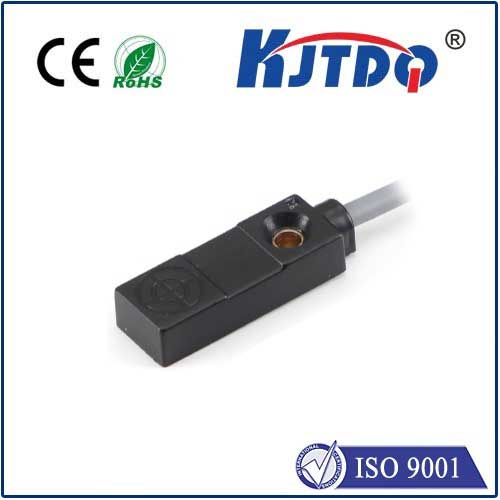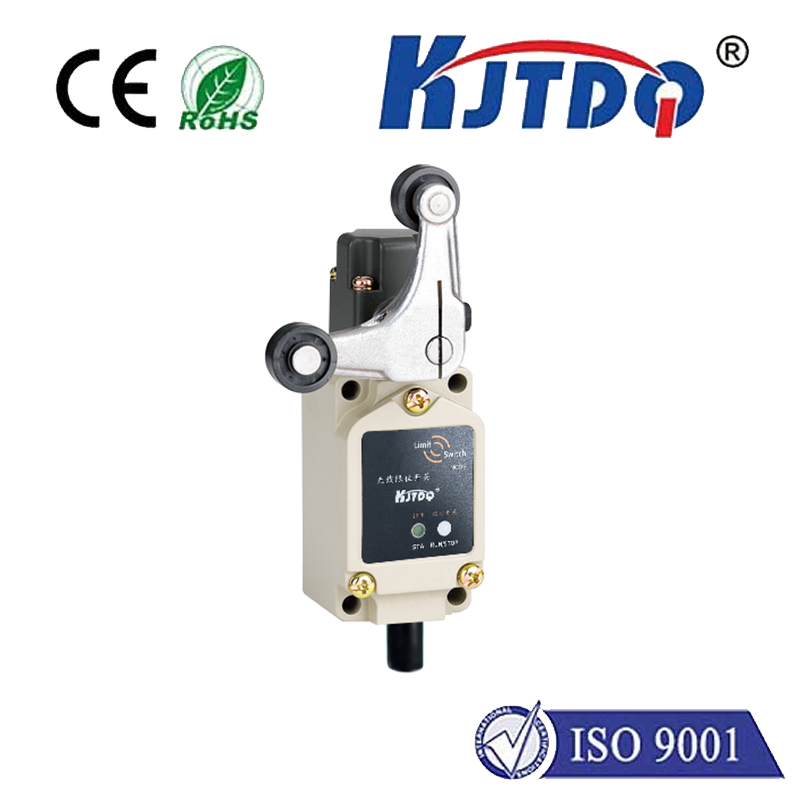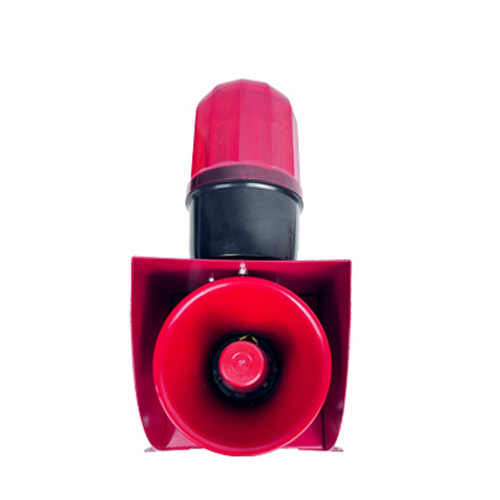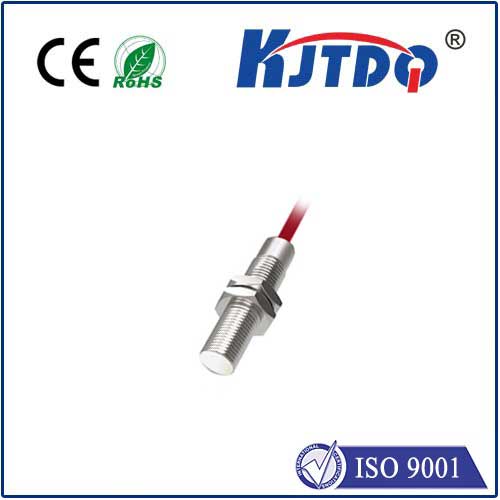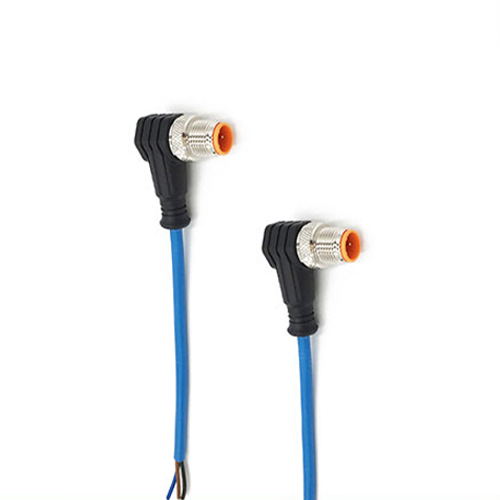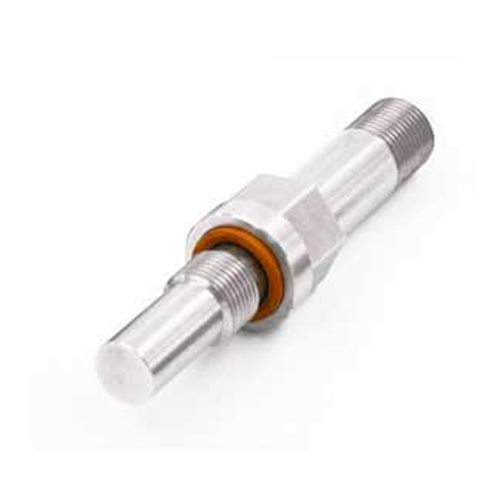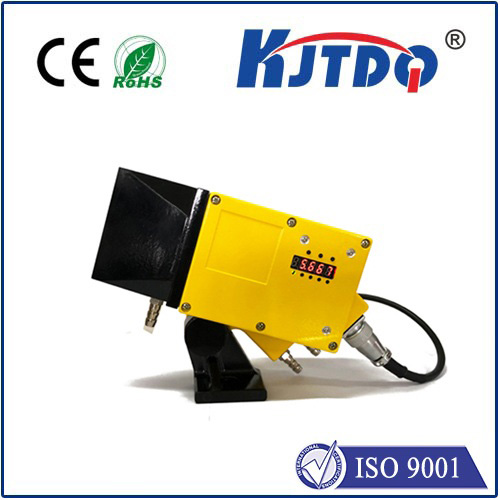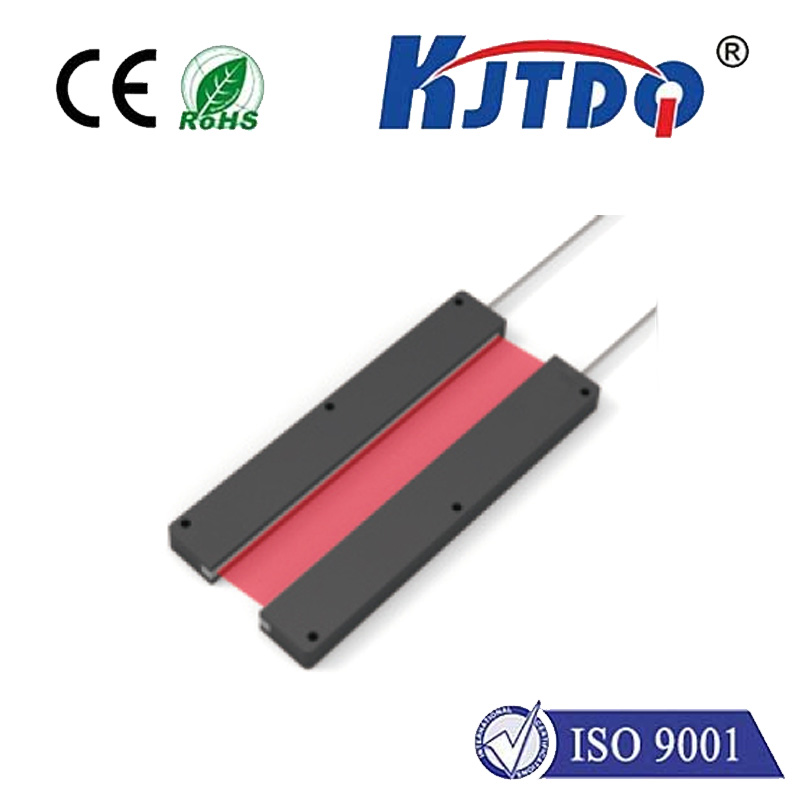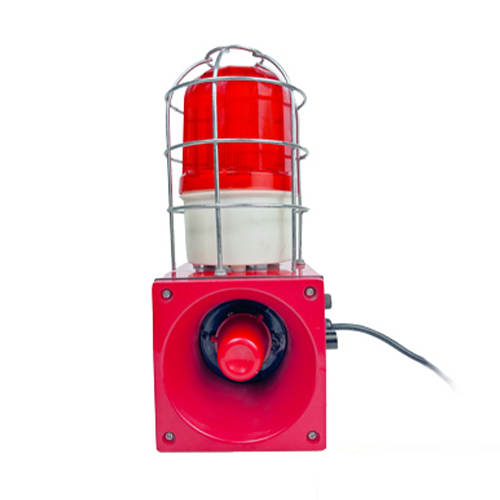

check

check

check

check

check

check

check

check

check

check
Imagine a silent threat, invisible to the naked eye, creeping through your critical infrastructure, spoiling your valuable inventory, or even threatening lives in sensitive environments. This threat isn’t a physical intruder; it’s temperature deviation. Whether it’s a freezer failing in a pharmaceutical warehouse, a server room overheating, or a patient’s core temperature dropping unexpectedly, uncontrolled thermal shifts can trigger a cascade of costly, even catastrophic, consequences. This is where the crucial concept of a temperature alert transforms from a simple notification into a vital shield against operational disruption, financial loss, and risk.
Temperature monitoring is fundamental across a staggering array of industries. From ensuring food safety in restaurants and grocery stores (HACCP compliance hinges on it) to maintaining precise climates for laboratory samples or industrial processes, stable temperatures are non-negotiable. A single temperature alert stemming from a malfunctioning HVAC unit in a data center could mean the difference between seamless operation and hours of costly downtime, data corruption, and damaged hardware. In healthcare, continuous temperature monitoring for blood banks, vaccines, or even patient wards is literally life-saving. Studies, like those referenced by Johns Hopkins Medicine, consistently show the critical link between stable thermal conditions and positive patient outcomes, particularly for vulnerable populations.

The evolution of temperature monitoring systems has been revolutionary. Gone are the days of solely relying on manual checks with mercury thermometers, a process riddled with human error and significant time lags. Modern systems leverage sophisticated digital sensors, often integrated into IoT (Internet of Things) networks. These smart sensors provide continuous, real-time data streams accessible remotely via cloud-based dashboards, mobile apps, or centralized control systems. Early-warning capabilities are the hallmark of effective systems. Instead of merely recording that a temperature threshold has been breached (often too late), advanced systems can trigger a temperature alert based on predictive trends – detecting a gradual rise or fall that signals an impending problem, allowing for preventative action before critical thresholds are crossed.
The anatomy of an effective temperature alert system is multi-faceted:
Implementing a robust temperature monitoring and alert system yields undeniable benefits:
Choosing the right temperature alert solution requires careful consideration. Scalability is crucial – can the system grow with your needs? Evaluate sensor battery life and ease of maintenance. Prioritize platforms with intuitive interfaces and flexible reporting tools. Security cannot be an afterthought, especially for cloud-based systems handling sensitive data – robust cybersecurity protocols are mandatory. Crucially, ensure the system offers reliable redundancy and failsafes; a monitoring system that itself fails during a critical event is worse than useless.
From sprawling warehouses safeguarding life-saving medicines to the meticulous environments nurturing cutting-edge research in vitro, the need for unwavering thermal stability is universal. A sophisticated temperature alert system is no longer a luxury; it’s a fundamental component of responsible operations across industries. It transforms temperature from an invisible variable into a managed, monitored parameter. By providing an immediate, actionable signal when conditions stray outside safe or optimal ranges, these systems empower organizations to act decisively. This proactive stance prevents minor fluctuations from escalating into full-blown crises, safeguarding valuable assets, ensuring regulatory adherence, protecting human well-being, and ultimately securing both operational integrity and financial stability. Investing in a reliable temperature alert infrastructure is an investment in resilience, quality, and fundamental safety.
